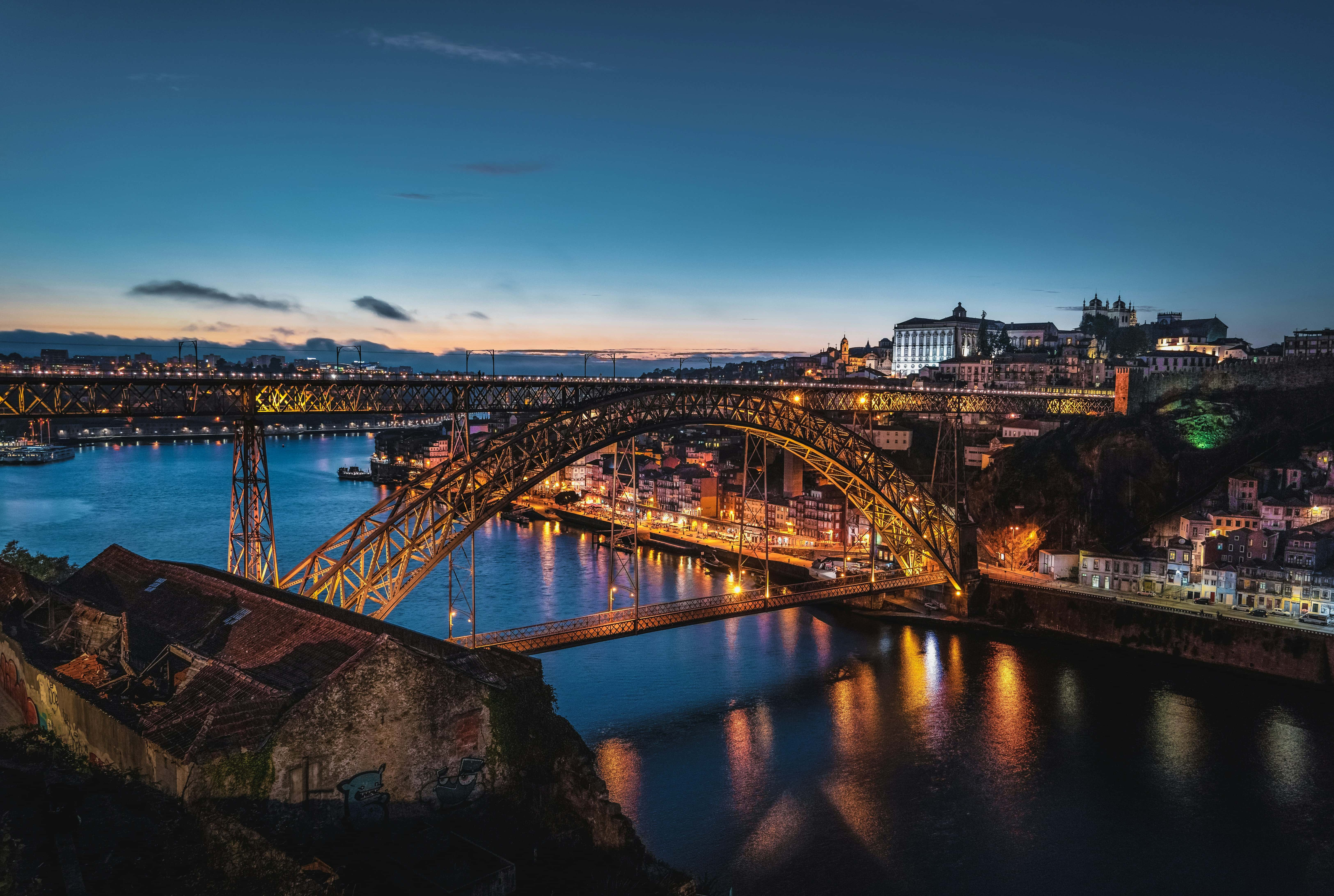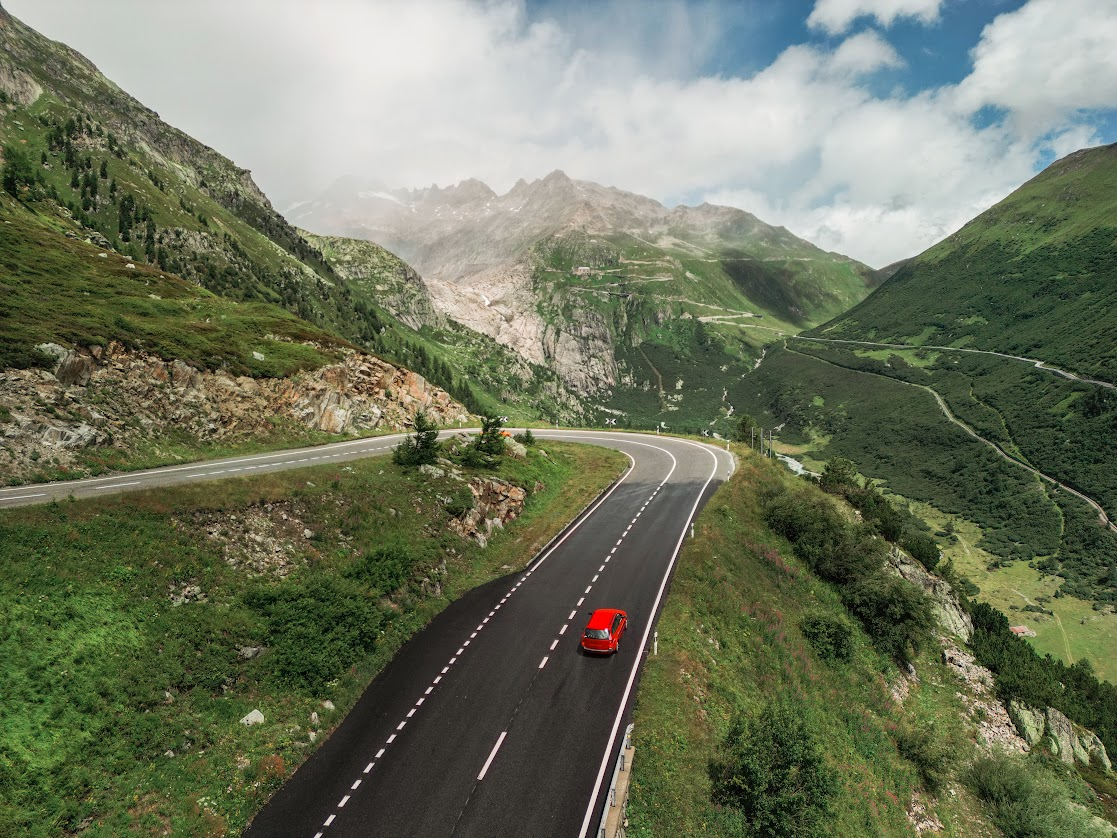3 days in Madrid: a travel guide for first-time visitors
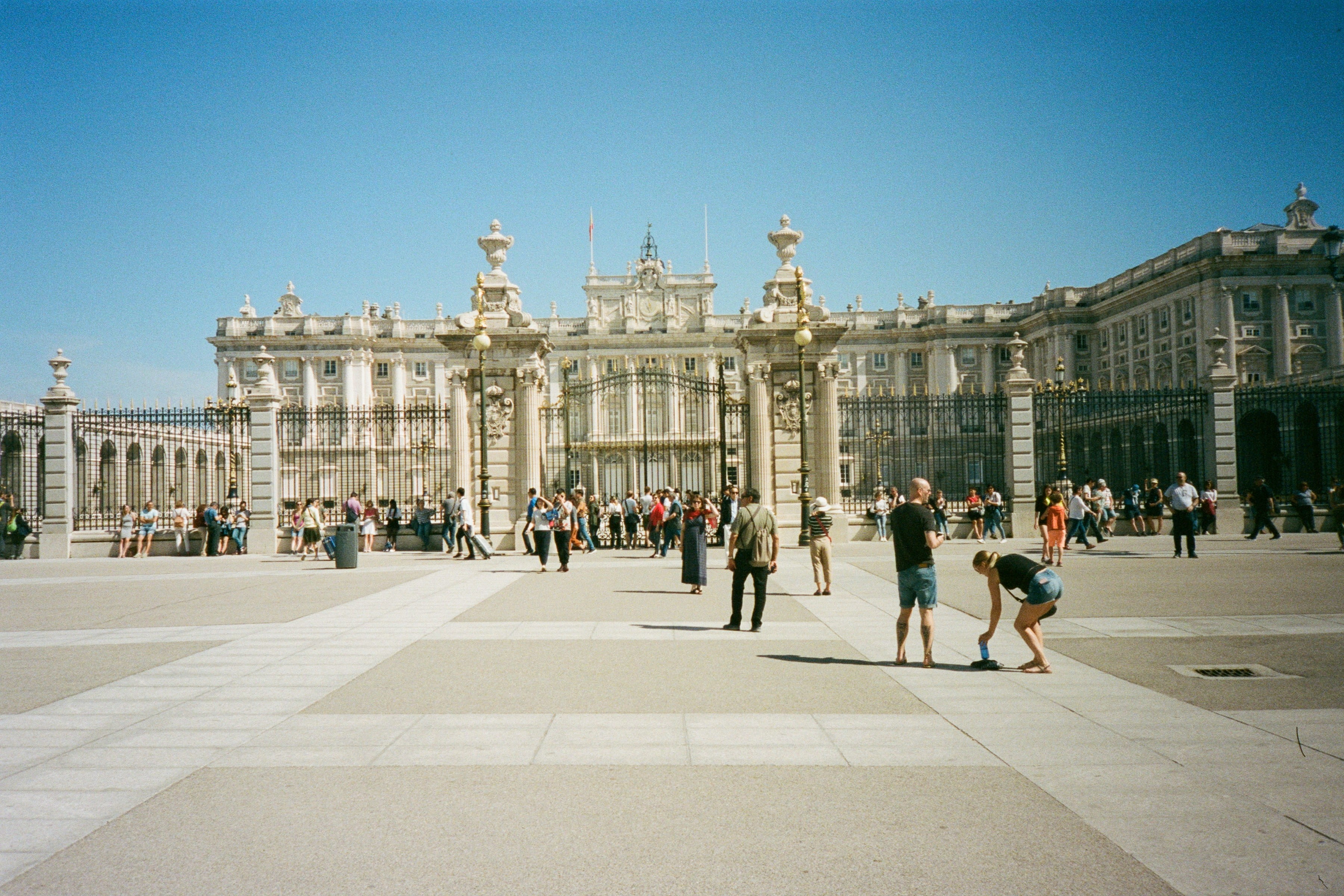
The three-day stay in Madrid permits you to experience the city’s unique atmosphere. The historic landmarks are visible while you experience Madrid’s regular lifestyle like the locals do. The transition from spacious avenues to peaceful lanes occurs within a short distance of walking. The late-night hours of cafés coincide with different neighborhood speeds.
The guide provides daily activities alongside transportation advice and dining recommendations that show traditional Spanish ways of living.
Day 1 – Discovering Madrid’s historic heart
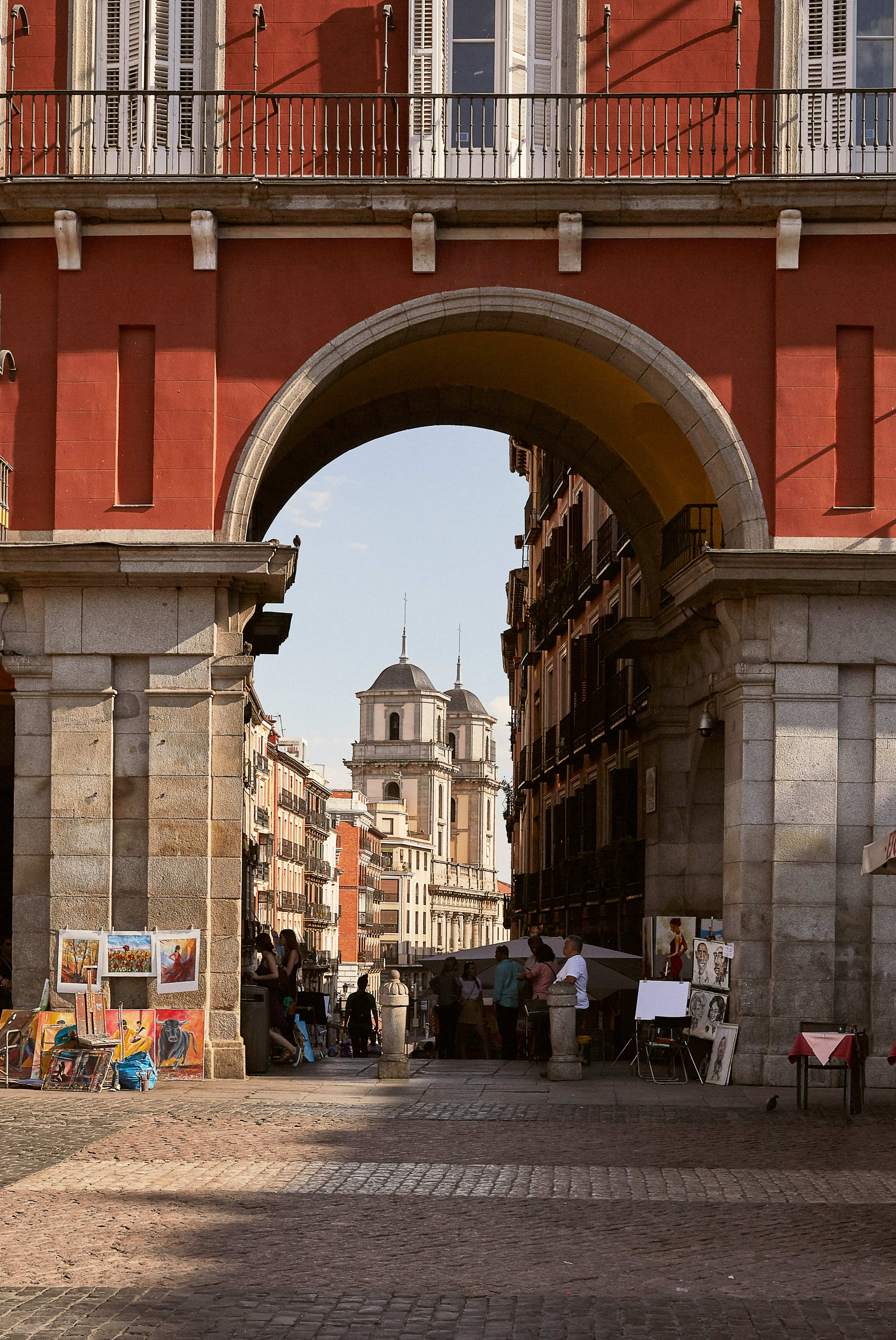
Puerta Del Sol
For your first day in the Spanish capital, we recommend starting the day early at Puerta del Sol. The square is a hub for locals heading to work and visitors planning their routes. From here, streets stretch in every direction. It’s also the point where Spain’s road system officially begins. You don’t need long here, but it sets the tone. Nearby bakeries serve café con leche and warm pastries that are best enjoyed standing at the counter as many madrileños do.
Plaza Mayor
Madrid’s most famous landmark is the Plaza Mayor, which you can reach by walking west for several minutes. In the 17th century, builders constructed this square using red-colored buildings, which feature balcony rows that reflect morning sunlight. Artists sell sketches while families stop to take photographs in the shaded arches beneath the buildings. The arcades that enclose the plaza shield the plaza from summer heat and winter rain.
Where to eat nearby
Plaza Mayor demands a proper meal that visitors should enjoy in any of the surrounding side streets. The taverns located in the vicinity of Calle Cava Baja within La Latina have gained recognition throughout the area. These restaurants continue to use traditional menus that have not been altered for numerous years. Various stews, grilled vegetables, and thin cured meat slices are served on warm bread at these locations.
Some restaurants near Plaza de Oriente or Calle Mayor offer simple lunch menus with set prices.
The typical restaurant meal in Madrid includes three dishes: a main course followed by a second course and dessert. Service tends to be relaxed as lunchtime in Madrid begins at 1:30 p.m., and restaurants maintain their kitchens until late in the evening. A late lunch will serve your daily needs if you have evening commitments.
Day 2 – Art, gardens and local Madrilenian rhythm
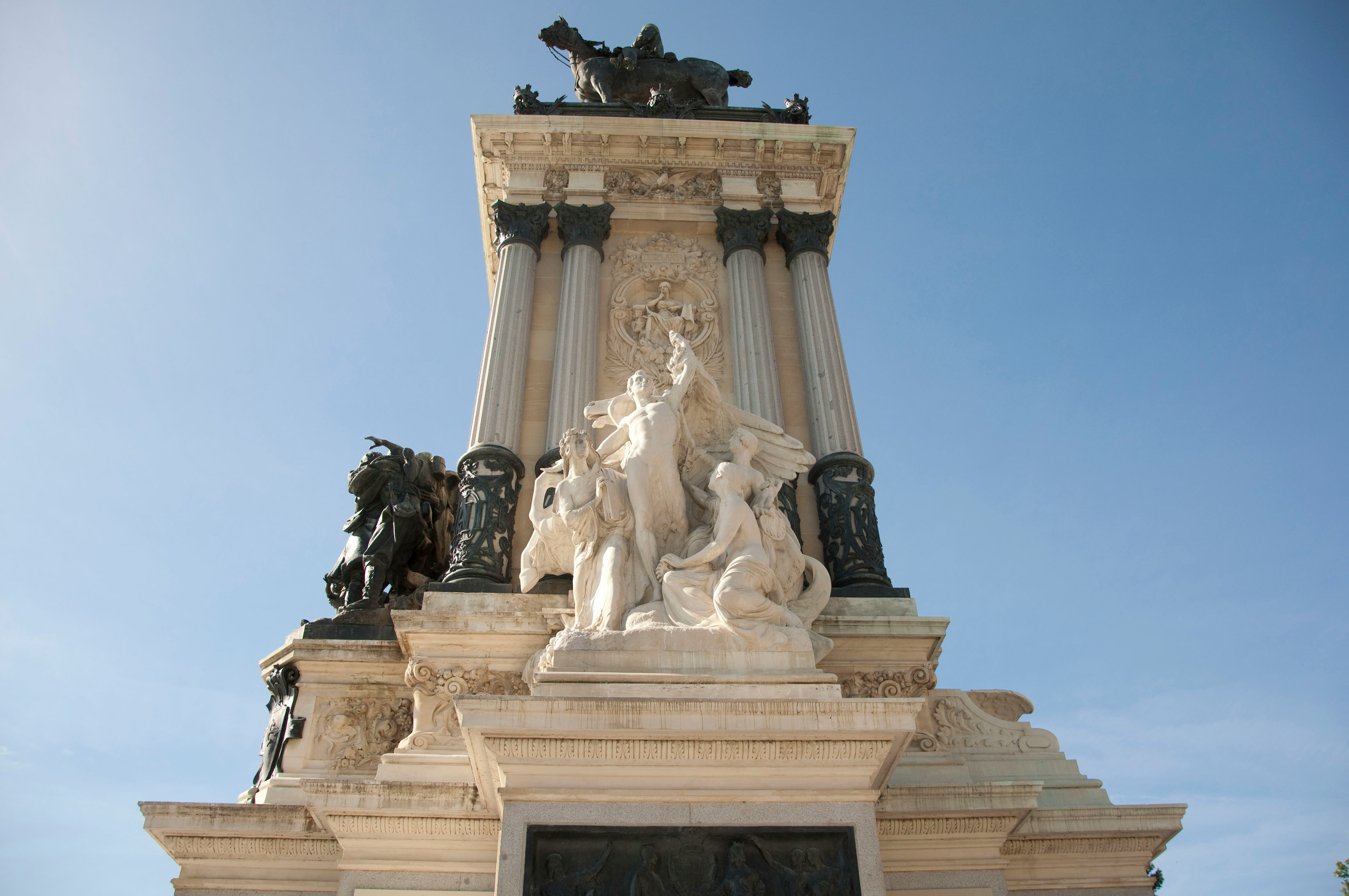
The Prado museum
Your second day must begin at Museo del Prado, where you can explore its respected European art collection. The museum opens at 10 a.m. The early arrival time enables you to bypass the crowds of visitors.
The museum houses art collections by Goya, Velázquez and El Greco among many other artists. The Prado Museum gives visitors free access during its last two hours of operation every day, though queues tend to grow during that time (Monday to Friday).
A walk through Retiro Park and nearby neighborhoods
From the Prado Museum, visitors can easily reach Retiro Park by walking a short distance since it stands among the few cool air pockets in central Madrid. The royal family originally owned this space that was opened to the public. The walking paths follow sculptures and open lawns along their route.
The Crystal Palace standing near a small lake is one of the places you will probably encounter. The building stands silently on some days, even without art exhibitions, because it creates an atmosphere that attracts visitors.
The western border of Retiro Park connects to Calle de Alcalá, which opens into residential districts where Madrilenians carry out their everyday routines. The Royal Botanical Garden located near the Prado entrance provides visitors with another opportunity for relaxation when they have additional time available before their lunch break.
The Barrio de las Letras
The Barrio de las Letras served as a former residence for writers Cervantes, Lope de Vega, and Quevedo. These writers of the past have left their words behind through bronze inscriptions embedded in street paving stones. The current neighborhood features peaceful bookstores and art galleries that display their exhibits on the street.
The atmosphere transforms slightly when dusk arrives, making this spot ideal for wine and vermouth discussions. The venues in this area organize musical performances and literary readings throughout the week.
You can have dinner in one of these small restaurants serving contemporary versions of traditional cuisine. The food is served in shared portions and uses seasonal ingredients.
Day 3 – Neighborhood life in Madrid
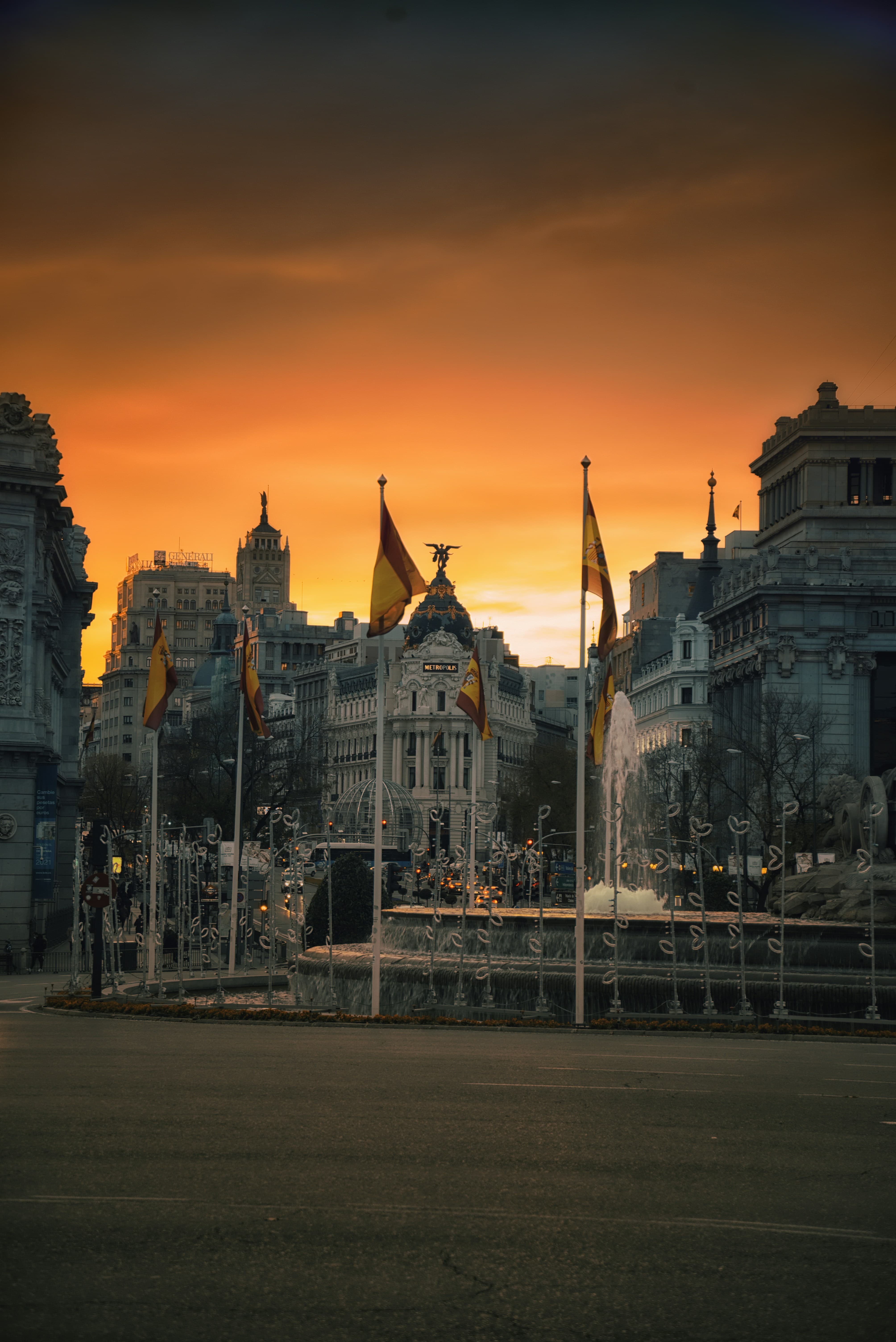
El Rastro and La Latina
Our stay in Madrid comes to a close at this point. Spend time in La Latina, which dates back to the oldest sections of Madrid. El Rastro stands as the most famous open-air market in Madrid, and you should visit it on Sundays. A full spectrum of vintage merchandise, including secondhand clothing, books and domestic goods spreads through the neighborhood streets.
A substantial number of residents visit El Rastro, but many locals prefer to arrive early at the market to shop and meet friends. The busiest portion exists in Calle de la Ribera de Curtidores, but several quiet streets feature boutique artisan shops and stalls.
Malasaña and Conde Duque
Midday visitors should travel across town to Malasaña, where the creative spirit dominates. Design studios stand alongside vintage shops in this area while people in the cafes either read books or work on their laptops. People find a relaxed atmosphere at this location, while the independent shops lining the streets display character above all else.
Plaza del Dos de Mayo features day-to-day bakery lunches, which include small sandwiches and portions of soup alongside Spanish omelet pieces. Further down from the previous area, you will encounter Conde Duque, where you can find more space combined with lower population density. The former military barracks converted into a cultural center presents free exhibitions and concerts to the general public.
Your last dinner in Madrid with the sunset views
The last moment of your day should be spent enjoying a panoramic view of the city during sunset. A few rooftop locations located near Gran Vía and Plaza de España provide peaceful settings that keep visitors safe from street noise.
Small restaurants serve the most incredible meals after regular business hours while letting customers enjoy their time without pressure. Find restaurants that display limited menus and contain active tables full of local customers. A dinner with shared food during a warm meal serves as the ideal method to let a trip relax.
Good to know
Returning your Europcar rental car near central Madrid locations is convenient. Atocha Station and Madrid-Barajas Airport are nearby. They provide residents with convenient access to their transportation needs.
Getting in and around Madrid
Walking is the natural method of transportation throughout Madrid. The main points of interest are close to each other, and wide sidewalks enable effortless movement throughout the area. You can also depend on the metro system to access every area of the city. A rechargeable card for occasional use proves beneficial because you can add money to it according to your needs.
The journey to Toledo Segovia or Ávila from Madrid will become simpler with car rental services. A vehicle allows you to depart at any time and stay longer without being confined to train timetables. The rental services provided by Europcar extend to both central Madrid locations and airport facilities to serve different travel needs. You can select a vehicle according to your travel itinerary.
Travel tips for a nice stay in Madrid
- Madrid’s eating hours are later than in most metropolitan cities. The typical lunchtime starts at 1:30 p.m. and extends through most of the afternoon. The late dinner hour begins at 8:30 p.m., and numerous restaurants operate into the night. People from Madrid generally continue to eat their meals beyond 10 p.m. Dining patrons do not need to tip. Still, they can show appreciation by rounding up the check or leaving a couple of euros for excellent service.
- Shops and supermarkets located outside and inside the city center tend to shut down for several hours during the early afternoon. Older time patterns continue to shape the daily business operations of specific neighborhoods while larger chain stores function continuously.
- The spring through early fall brings mild temperatures in the mornings, which transition to warm afternoons in Madrid. People need comfortable footwear since most sidewalk surfaces consist of stones or tiles. All visitors need to carry water during the summer months, regardless of shade access. Light jackets function well as evening clothing during June and September. During festive periods, the city-wide celebrations of Madrid might alter the operational hours of businesses and public transportation services.
- You must verify any modified schedules during your visit dates, which coincide with San Isidro in May and Semana Santa in spring.
